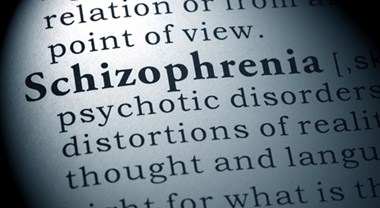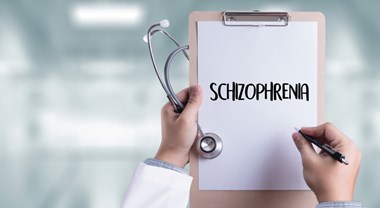Mental Health

The burden of mental health conditions is on the rise globally and major depression, bipolar mood disorder and schizophrenia are among the 10 leading causes of disability worldwide. Mental disorders continue to impose enormous social and economic burden on the community, leading to premature mortality and affecting functioning and quality of life of both patients and their families.
Only in Europe, annually, nearly 40% of the population is diagnosed or report a mental health condition. Therefore, mental healthcare is a priority that requires full multi-stakeholders’ commitment. (Wittchen, H.U., et al. (2011) The size and burden of mental disorders and other disorders of the brain in Europe 2010. European Neuropsychopharmacology: The Journal of the European College of Neuropsychopharmacology, 21, 655–679.)
Angelini Pharma, over the past 50 years, has gained international recognition for its substantial efforts to improve the management of patients with mental health conditions and to fight mental health stigma. The company has played a pioneering role in the development of antidepressants and mood stabilisers and has now embraced the challenge to support the design of new paradigms in patient care, from innovative treatments to societal commitment. Indeed, mental health remains a neglected area and Angelini Pharma wants to contribute to change this fact not only through drug R&D, but also by supporting high-quality projects such as HEADWAY. This project, undertaken at the end of 2017 in collaboration with the European House–Ambrosetti, aims to design a new roadmap for mental health that will provide a global overview on the mental health context in Europe by focusing on social as well as on economic dimensions. The final objective is to advance today's paradigm of the management and treatment of mental illness so that the social and health-care systems in each country can guarantee adequate and effective care pathways and assistance and, at the same time, promote better quality of life for patients and encourage legitimate social inclusion.
The best way to improve the quality of life of people with mental health disorders and to fight the stigma is to provide accurate information. To this end, Angelini Pharma has launched HarmoniaMentis.com, a new website focused on mental health.
Mental health Key Facts
Mental disorders on the rise in Europe
Mental disorders, the core health challenge of the 21st century
-
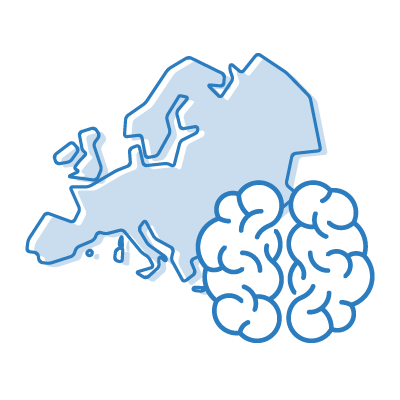 Mental Disorders1
Mental Disorders1

- The prevalence of Mental Health disorders in the EU increased from 14.9 to 16.0 cases per 1,000 inhabitants.
- An estimated 179 million Europeans live with brain conditions.
- At least 1 in 3 people of all ages will have a brain disorder in their lifetime.
-
 Distribution1
Distribution1

The changes in the prevalence of mental disorders was heterogeneous across Europe depending on:
- pre-existing Mental Health infrastructure,
- availability of Mental Health services,
- effectiveness of government responses and economic support measures.
Despite territorial differences Mental Health disorders saw a rapid increase throughout Europe.
-
 Impact on individuals affected and on society1
Impact on individuals affected and on society1
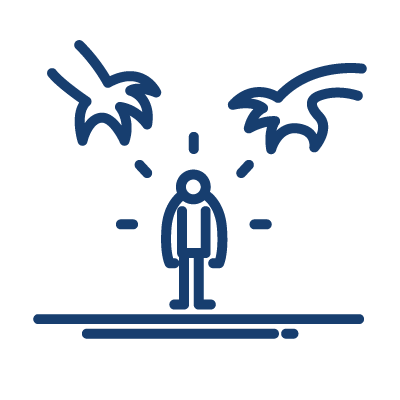
- The economic marginalization of people with Mental Health conditions often leads to financial instability, increased reliance on social welfare programs, and reduced quality of life.
- The lack of a meaningful employment can negatively impact self-esteem and social inclusion.
- The consequences of suffering a mental health condition extend to other areas of life, including housing, education, and family stability.
The burden of mental disorders in the European Union
-
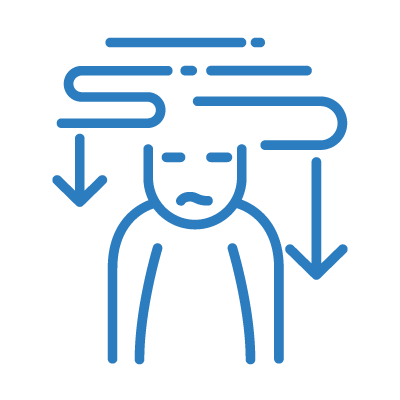 Most common types of mental disorders1
Most common types of mental disorders1
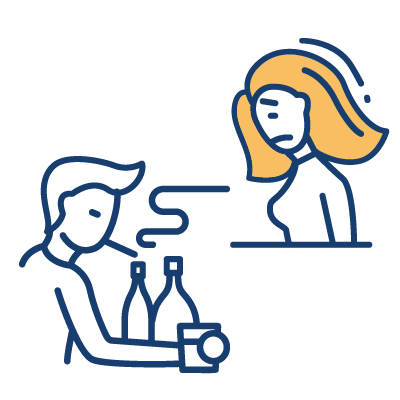
From 2019 to 2021, the prevalence of some mental health conditions in Europe has risen:
- depression +14%,
- anxiety +20%,
- conduct disorder +1%
This increase can be partially attributed to COVID-19.
-
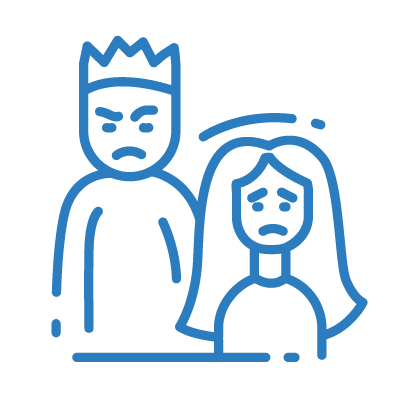 Gender differences1
Gender differences1
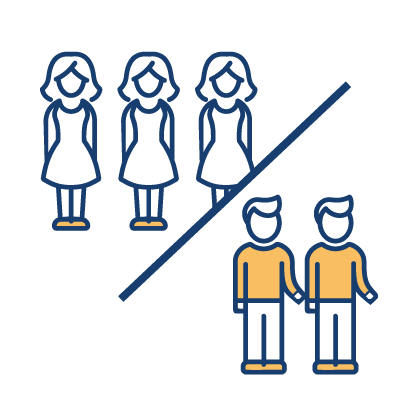
- Mental and behavioral disorders account for 4.5% of deaths among women.
- Men are affected to a lesser extent, with a rate of 2.8%.
-
 Distribution by age1
Distribution by age1

- Children, adolescents and vulnerable groups are the categories of people in which the already poor mental health levels have become more acute over the past four years.
- The prevalence rates of Mental Health disorders among children and adolescents (<15 years) has increased from 8.6 to 10.1 cases per 1,000 inhabitants.
- Mental disorders are more prevalent as a cause of death in individuals aged ≥65 compared to younger age groups.
References
- Headway 2024: A new roadmap in Mental Health
Depression
-
 Definition2
Definition2
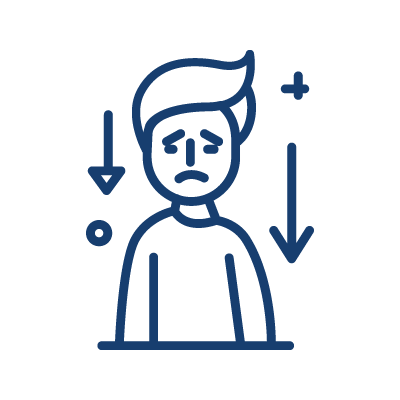
- Depression (major depressive disorder) is a common but serious mood disorder.
- It causes severe symptoms that affect how a person feels, thinks, and handles daily activities, such as sleeping, eating, or working.
-
 Epidemiology in Europe
Epidemiology in Europe

- Depression is the most important contributor to the burden of mental diseases in Europe, both in terms of years of life lost due to premature mortality and years of life lost due to living with disability.3
- Depression is more prevalent among females and persons aged 40–59.1,3
-
 Risk factors
Risk factors
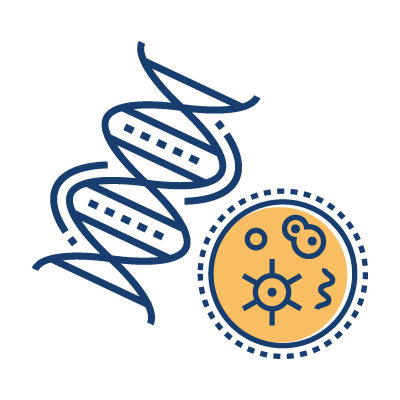
- The specific cause of major depressive disorder is not known.
- Major depressive disorder appears to be a multifactorial and heterogeneous group of disorders involving genetic and environmental factors.1
-
 Signs and symptoms1
Signs and symptoms1

- Most patients with major depressive disorder present with a normal appearance.
- In patients with more severe symptoms, a decline in grooming and hygiene may be observed, as well as a change in weight.
- Among the criteria for a major depressive disorder, at least 5 out of the 9 symptoms listed in the Diagnostic and Statistical Manual of Mental Disorder 5th Edition (DSM-5) must have been present during the same 2-week period (and at least one of the symptoms is either depressed mood or loss of interest or pleasure)
Main signs and symptoms of major depression
- Depressed mood
- Diminished interest or loss of pleasure in almost all activities (anhedonia)
- Sleep disturbance (insomnia or hypersomnia)
- Fatigue or loss of energy
- Psychomotor agitation or retardation
- Feelings of worthlessness
- Diminished ability to think or concentrate, indecisiveness
- Significant weight change or appetite disturbance
- Recurrent thoughts of death, recurrent suicidal ideation without a specific plan, or a suicide attempt or specific plan for committing suicide
-
 Diagnosis
Diagnosis
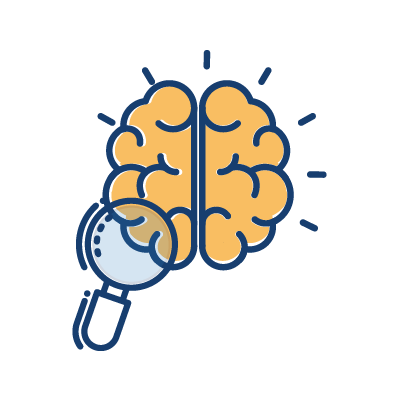
- Depression screening tests can be valuable, the most widely used being the Patient Health Questionnaire-91.
- The results obtained from the use of any depression screening or rating scales do not diagnose depression and may be imperfect in any population, especially in elderly patients.
- Depression is a clinical diagnosis, based on the history and physical findings.
- No diagnostic laboratory tests are available to diagnose major depressive disorder, but focused laboratory studies may be useful to exclude potential medical illnesses that may present as major depressive disorder.1
- Neuroimaging can help clarify the nature of the neurologic illness that may produce psychiatric symptoms.1
- Depression screening tests can be valuable, the most widely used being the Patient Health Questionnaire-91.
-
 Management
Management
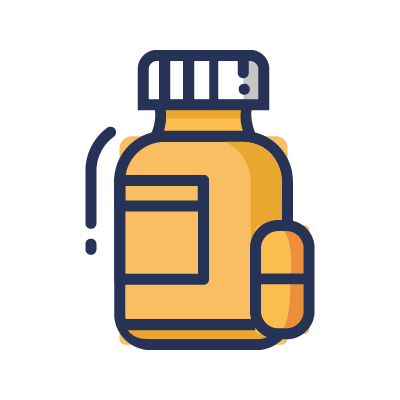
- In all patient populations, the combination of medications and psychotherapy generally provides the quickest and most sustained response.1
- 70-80% of individuals with major depressive disorder can achieve a significant reduction in symptoms with appropriate treatment.1
References
- Halverson JL, Bhalla RN, Moraille-Bhalla P, Andrew LB, Leonard RC. Depression. Available online
- National Institute of Mental Health. Depression. 2018. Available online
- Wittchen HU, Jacobi F, Rehm J, Gustavsson A, Svensson M, Jönsson B, Olesen J, et al. The size of burden of mental disorders and other disorders of the brain in Europe 2010. Eur Neuropsychopharmacol 2011;21(9):655-679
Schizophrenia
-
 Definition1,3
Definition1,3

- Schizophrenia is a chronic and severe mental disorder that affects how people think, feel, and perceive.
- The hallmark symptom of schizophrenia is psychosis, such as experiencing:
- auditory hallucinations (voices)
- delusions (fixed false beliefs)
- disorganized speech
- Negative symptoms (diminished emotional expression)
-
 Epidemiology in Europe
Epidemiology in Europe

- The lifetime prevalence of schizophrenia has generally been estimated to be approximately 1% worldwide.
- The prevalence of schizophrenia is about the same in men and women.
- The onset of schizophrenia usually occurs between the late teens and the mid-30s.
- The first 5–10 years of the illness can be stormy, but this initial period is usually followed by decades of relative stability.
-
 Risk factors
Risk factors

- The causes of schizophrenia are not known.1
- Genetic and perinatal are the most likely sets of risk factors.
- Many different genes may increase the risk of schizophrenia, but no single gene causes the disorder by itself
- Interactions between genes and aspects of the individual’s environment are necessary for schizophrenia to develop. Environmental factors may involve: exposure to viruses, malnutrition before birth, problems during birth and psychosocial factors3
-
 Signs and symptoms1,3
Signs and symptoms1,3

- The symptoms of schizophrenia may be divided into the following 4 domains:
- Positive symptoms –Psychotic symptoms not generally seen in healthy people (i.e. hallucinations, delusions, disorganized speech and behavior)
- Negative symptoms – Associated with disruptions to normal emotions and behaviors (i.e. decrease in emotional range, poverty of speech, and loss of interests and drive)
- Cognitive symptoms –Subtle for some patient, more severe for others. Patients may notice changes in their memory or other aspects of thinking. They also find it difficult to understand nuances and subtleties of interpersonal cues and relationships
- Mood symptoms - Patients often seem cheerful or sad in a way that is difficult to understand; they often are depressed.
- The symptoms of schizophrenia may be divided into the following 4 domains:
-
 Diagnosis
Diagnosis

- The diagnosis of schizophrenia is made according to the criteria specified in the Diagnostic and Statistical Manual of Mental Disorders, Fifth Edition, (DSM-5) and the patient must have experienced at least 2 of the following symptoms:1
- Delusions
- Hallucinations
- Disorganized speech
- Disorganized or catatonic behavior
- Negative symptoms
- At least 1 of the symptoms must be the presence of delusions, hallucinations, or disorganized speech.
- Schizophrenia is not associated with any characteristic laboratory results.1
- The diagnosis of schizophrenia is made according to the criteria specified in the Diagnostic and Statistical Manual of Mental Disorders, Fifth Edition, (DSM-5) and the patient must have experienced at least 2 of the following symptoms:1
-
 Management
Management

- Treatment of schizophrenia requires an integration of medical, psychological, and psychosocial inputs.1
- The medical management of schizophrenia often requires a combination of medications, which may include antipsychotic, antidepressant, and anti-anxiety medication.2
- Traditional or typical antipsychotics diminish the positive symptoms such as hallucinations and delusions, and prevent relapses.1,2
- Newer antipsychotic medications, also known as atypical antipsychotics, are useful to treat both the positive and negative symptoms. They can also have positive effects on cognitive and mood symptoms.2
- Psychosocial treatment is essential, as individuals who participate in regular psychosocial treatment are less likely to have relapses or be hospitalized.1,3
- Treatment of schizophrenia requires an integration of medical, psychological, and psychosocial inputs.1
References
- Frankenburg FR. Schizophrenia. 2018. Available online
- Grohol JM. Schizophrenia treatment. 2018 Available online
- National Institute of Mental Health. Schizophrenia. 2016.Available online






